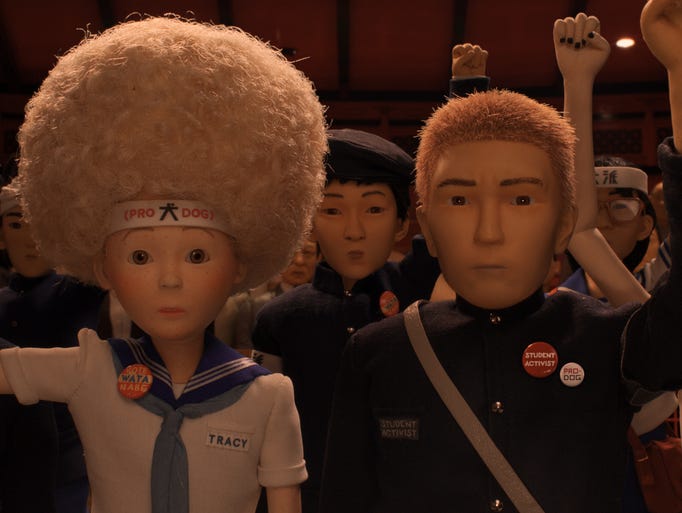When I first heard that our London Rocks cohort would be visiting Camden Town, I wondered what this place entailed. My friend who had studied abroad here for an entire semester practically begged me to check this place out, making sure I made note to visit Camden at least once during my stay in London. What could be so special about a little market and some shops? Was there more to Camden Town than meets the eye?
 |
| Our Stroll through the Canals |
After a gorgeous visit to Primrose Hill, breathtaking views of the city, and an unreasonably large amount of dogs frolicking about (which I’m not upset about at all), we make our way through a peaceful stroll down the canals. Street musicians line the walkway, their violin strings and guitar melodies echoing down the canals. This part of town feels very local and tucked away, reminding myself that this was the part of London I came for and really wanted to see. A few minutes later, we arrive at the Camden Market. This place is bustling with people, both locals and tourists. The amount of food vendors overwhelms me, a new stand popping up around every corner. Various smells fill the air, making my tastebuds glisten. Vegan tacos, Columbian cuisine, hearty Greek falafel… my mouth is watering even just thinking about it now!
After settling for a falafel sandwich and a fruit smoothie, my London Rocks colleagues and I converge in the center of Camden Market. There’s so much happening all around me – people laughing, smoking, getting the local chisme with friends. There’s a vibrant aura in the air, and no one seems to be distraught or in disarray. Camden Market appears to be a local hangout joint where people come to forget their troubles, grab a drink or a bite to eat, and enjoy the simplicities of London.
 |
| Hustle & Bustle in Camden Market |
I admire how everyone can come to Camden Market and just relax, take in the scenery and not be caught up in worldly events. The vendors were all so open and accepting of us Americans when some Londoners in other places have not been. They offered us free samples, smiles, and even advice as we decided what to choose off the various menus. The positive vibes continued deeper inside the market as we climbed upstairs to the jewelry vendors. One woman taught me all about the Hamsa hand, different spiritual techniques, and the importance of certain healing rocks, something I may still be a little skeptical toward but have always wanted to learn about. Her charm won me over as I purchased a few necklaces featuring crescent moons and the skyline of London.
The artsy aesthetic of Camden Town is clearly visible through its market, a vast convergence of different backgrounds and walks of life. From the boisterous drum circles in the back to the copious amounts of ethnic food out front, to even the common Londoners strolling about, Camden has a remarkable edginess about it, one that’s hard to attain in any other part of the world.
















